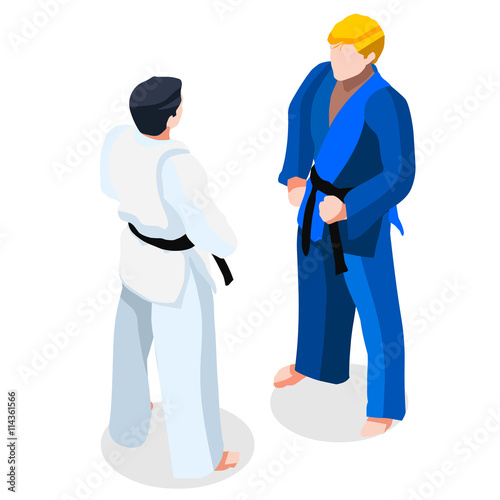Discover The Secrets Behind Karate, Taekwondo, And A Lot More! Reveal The Concealed Globe Of Martial Arts Designs In This Utmost Guide
Discover The Secrets Behind Karate, Taekwondo, And A Lot More! Reveal The Concealed Globe Of Martial Arts Designs In This Utmost Guide
Blog Article
Created By-Borch Russo
Are you tired of sensation bewildered by the substantial world of martial arts? With many designs to select from, it can be easy to get lost in a sea of strikes, kicks, and mysterious names. However concern not!
martial arts training videos for beginners will demystify the different martial arts designs, taking you on a trip from the effective strikes of Martial arts to the dynamic kicks of Taekwondo. Prepare yourself to uncover the origins, methods, and viewpoints behind these ancient art forms.
So, tighten your belt and prepare to start an enlightening exploration into the fascinating world of fighting styles.
Beginnings of Martial Arts Styles
The origins of martial arts designs can be traced back to ancient human beings and their need for protection and combat strategies. Throughout background, various cultures developed their very own special techniques of fighting, each with its very own collection of methods and viewpoints.
In China, as an example, fighting styles designs such as Kung Fu and Tai Chi were established as a means of protection and improving physical and psychological well-being.
In Japan, the samurai warriors created designs like Karate and Judo, concentrating on self-control, precision, and proficiency of the body.
Likewise, in Korea, Taekwondo emerged as a martial art highlighting high kicks, quick activities, and psychological perseverance.
These very early people laid the foundation for the diverse variety of fighting styles styles that exist today, each with its very own abundant history and social relevance.
Strategies and Educating Methods
To grasp martial arts styles, specialists have to discover various strategies and training methods.
Methods are the certain motions and activities used in combat, such as punches, kicks, tosses, and blocks. Different fighting styles styles have their very own special collection of techniques that practitioners must grasp through strenuous training.
Training methods differ relying on the style, but they generally include a mix of physical fitness, drills, sparring, and kinds.
Physical fitness is critical to develop strength, flexibility, and endurance. https://local21news.com/news/local/lebanon-county-taekwondo-world-champion-breaking-records-joshua-agguire-martial-arts-nonprofit-helping-other-kids-october-10-2022 assist practitioners refine their methods and boost their speed and accuracy.
Competing permits professionals to exercise their techniques in a regulated, reasonable environment. Forms, likewise called kata, are deliberate sequences of motions that help professionals develop muscular tissue memory and focus.
Ideologies and Principles
Discovering the viewpoints and concepts of fighting styles designs can supply you with a deeper understanding of your chosen discipline. Each fighting style has its own one-of-a-kind philosophy and set of guiding principles that shape the means it's exercised.
For instance, Karate stresses discipline, regard, and self-discipline. It shows professionals to concentrate their minds and bodies, allowing them to protect themselves while maintaining a feeling of internal tranquility.
On the other hand, Taekwondo puts a solid emphasis on speed, agility, and versatility. Its principles are rooted in the tenets of courtesy, honesty, perseverance, self-constraint, and resolute spirit.
Final thought
Now that you've checked out the beginnings, techniques, and ideologies of various martial arts styles, you have a deeper understanding of these ancient disciplines.
Visualize a young karate trainee, practicing with steadfast decision and emphasis, appearing boards with a powerful punch.
Their trip showcases the devotion and strength needed to master a martial art, reminding us that with self-control and perseverance, anything is feasible.
